
Cleanings and Prevention
Preventative care is the core of modern dentistry. In this area, we attempt to stop problems before they start. While most preventive care is accomplished at home by regular brushing and flossing, our roll comes in the form of your regular cleanings by our hygienist and your dental exam. These visits are often accompanied by x-rays and use of tools designed to help detect signs of oral disease.
Composite Bonding
In composite bonding restorations, we use a filling that we match closely to the color of your own teeth in order to adjust the form or appearance of your teeth to your own personal desires. These may be employed to repair a small chip in a tooth or close a space in between your teeth.

Cosmetic Dentistry
A crown is fit over an existing tooth.
While an argument can be made that all dentistry is aesthetic in nature as we try to restore the natural form and function of your teeth to a disease free state, cosmetic dentistry is usually based around an individuals own impression of his or her smile. These procedures generally involve orthodontic movement, whitening, composite bonding, or veneers. Though the primary focus of every dentist should be to bring their patients to a state free of oral disease, one cannot discount the psychological benefits of an individual being content with their own smile.
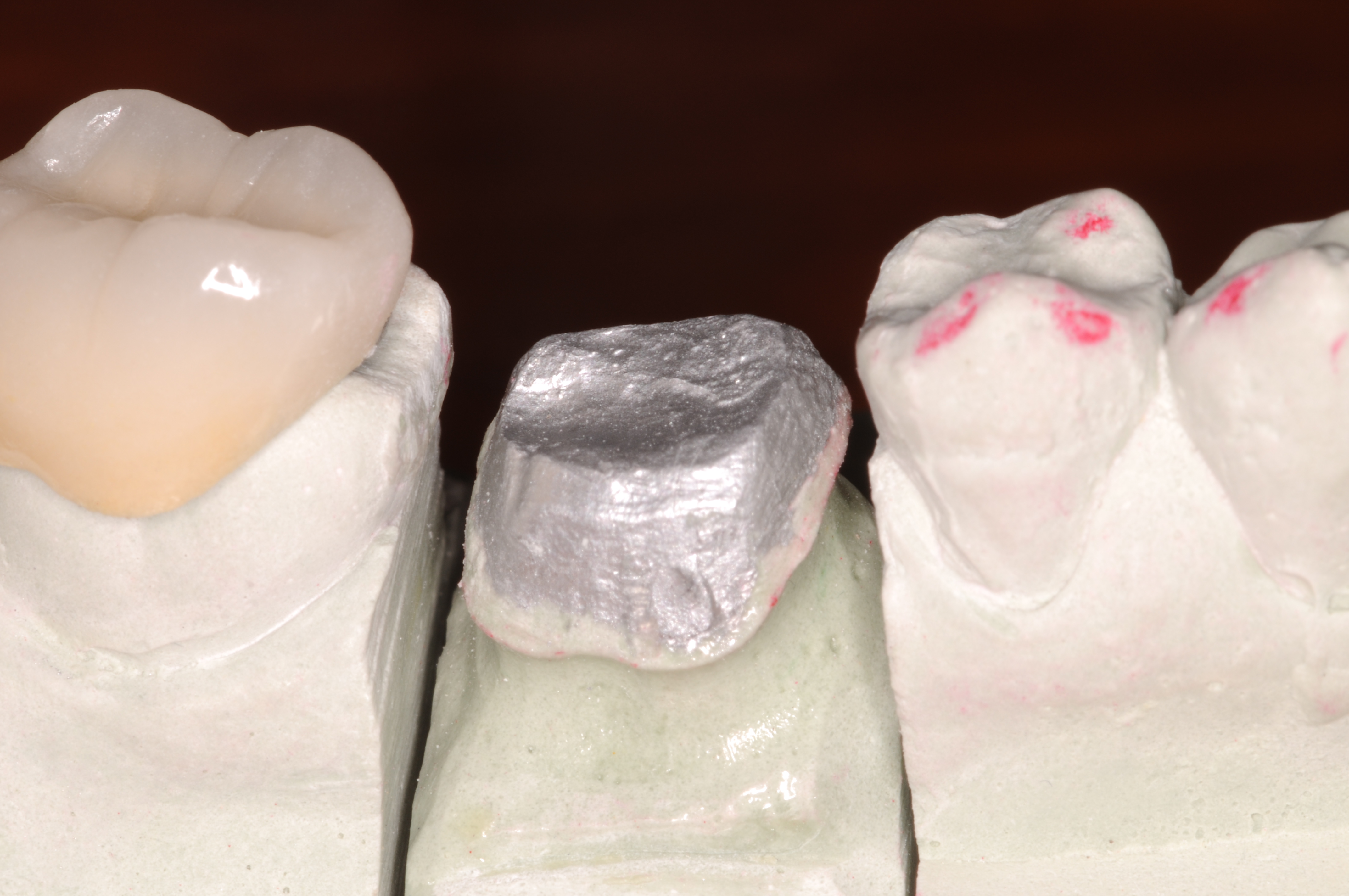
Crown and Bridge
A bridge is fit over the existing teeth.
Crown and bridge restorations are both restorative and cosmetic in nature and are one of many options to treat severely decayed teeth or replace missing teeth. Traditionally, these restorations require 2 or more appointments. The initial appointment involves preparing the tooth (removing tooth structure) so that a crown or bridge (for replacing missing teeth) may be fit over the existing teeth. After preparation, a temporary will be fabricated and an impression will be taken.
A dental lab will then make the final restoration out of one or several possible materials before returning the work to be cemented by the dentist. We do our utmost to match these restorations to our patients desires so that both they and we can be pleased with the results obtained. Commonly, crown and bridge restorations are also called caps.
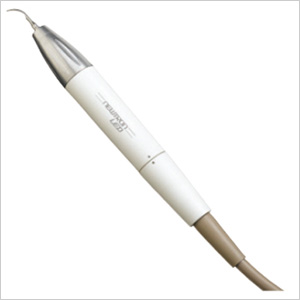
Dental Exams and Cleanings
During your cleaning, your hygienist will be glad to help answer any questions you may have regarding everything from ways to improve your dental health at home to inquires about recession and gum disease. During your exam, Dr. Millsaps will address any remaining questions you may have during the course of the exam. In this exam, we will look for three things: any signs of decay or cavities (caries), any signs of gum disease (periodontal disease), and signs of oral cancer or other disease. Our offices have many tools at our disposal to help detect and address issues as they may arise.
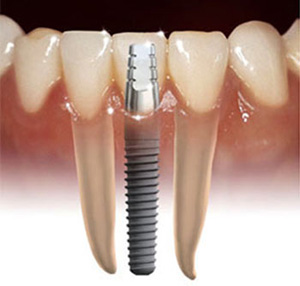
Dental Implants
Implant dentistry is one of the most important areas to the future of general dentistry. Essentially, an implant replaces a missing tooth and functions as a synthetic root that a restoration is placed upon. After placing an implant, some time is often given for the body to adjust and integrate that implant into the jaw structure. Implants may also be used to improve retention of removable partials and dentures. Dental implants provide a multitude of new options for patient treatment that, in the past, were not possible through traditional methods.
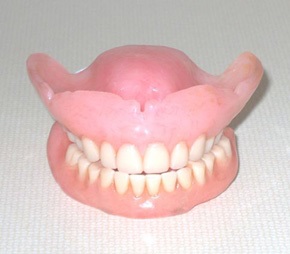
Dentures and Partial Dentures
Dentures and partials dentures replace several missing teeth in a individuals mouth. These may also be referred to as “plates” by many individuals. Partials can be used when some, but not all, of a person’s teeth are missing. These hook around the remaining teeth with clasps and may require minor preparation of these teeth to better accept the partial denture. Partials are made at dental labs and come in a variety of forms. Valplast partials, acrylic partials, and metal framework partials are examples of these and may be preferred depending on each individuals circumstances.
Complete dentures replace all the teeth in a patient’s mouth or specific arch (upper or lower). Though nothing can replace someone’s natural dentition perfectly, dentures may greatly improve an individuals quality of life and ability to eat and speak. Dentures require a series of appointments in order to maximize the comfort and fit of the denture for each individual patient. Most dentures will require maintenance over time and “relining” in order to cope with the changing structure of the jaws as time passes. For loose dentures and partials, implants or mini-implants may aid in keeping them more securely in place.

Digital X-Rays
With computers now a part of everyday life, our offices make every effort to maximize their usefulness in our practice of dentistry. Digital x-rays (radiographs) are one of the most important ways computers and a digital office will impact your hygiene visit. The traditional x-rays are indeed a good diagnostic tool,. With digital X-rays, we have the ability to use powerful software to not only improve our diagnostic ability, but to also help you see what we see in these x-rays.
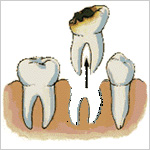
Extractions and Oral Surgery
Unfortunately, not all teeth can be saved despite our best efforts. At this point in time, it may become necessary to extract or pull a tooth. Though this is a last resort, Dr. Millsaps does his best to make it as easy on his patients as possible.
This procedure essentially involves loosening the tooth by detaching the tooth from the bone surrounding it and then removing the tooth itself. Oral surgery is never fully predictable, but we try to minimize any unforeseen circumstances to the procedure by following proper techniques and using excellent tools and equipment to accomplish the extraction.
Once a tooth is extracted, there are several options available to replace the missing tooth or teeth, including partials, dentures, bridges, and implants.

Fillings
Fillings essentially come in two forms: silver (amalgam restorations) and tooth colored (composite restorations). There are also other materials that may be used for specific circumstances. Both forms of restorations have proven histories of success when used in the proper circumstances as well as limitations. Dr. Millsaps prefers to use tooth colored restorations in the vast majority of cases but believes that the silver restorations still have their place in modern dentistry for specific situations. Fillings can be used in the majority of restorative cases, but as cavities grow more extensive, other forms of restorations may be necessary.
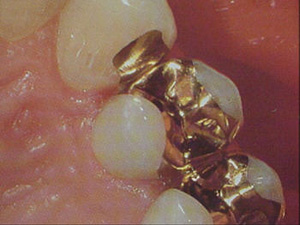
Inlays, Onlays, Crowns, and Bridges
This photo shows a gold inlay.
Each of these restorations can come in a variety of materials including metal, porcelain and metal, and ceramic. Traditionally, these restorations are fabricated in a lab and returned to the dentist for final cementation. Inlays may replace an existing large filling and sit inside of the tooth. Onlays are similar to crowns in that the fit around the outside of a portion of the tooth, though they will not cover the entirety of the tooth.
Crowns will cover the majority of the tooth and are typically necessary when very large fillings are present or in cases where a tooth has undergone root canal therapy. Bridges replace a missing tooth by crowning the teeth next to the empty space and creating an artificial tooth or teeth between the two crowns. In many cases, bridges are an alternative to partials and implants.
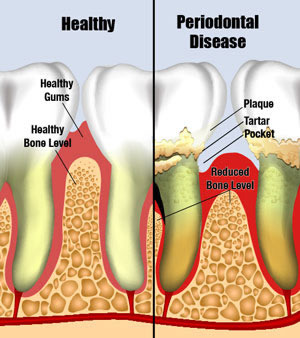
Periodontal Disease
Periodontal disease is a progressive and chronic disease. In other words, once you have periodontal disease, with the exception of gingivitis, you always have it. It can, however, be halted and in some cases partially reversed. The most common periodontal condition is gingivitis, however, when bacteria begin to infect and thus affect the bones around your teeth instead of just the gums, full periodontal disease results. Most minor periodontal disease can be addressed in a general dentist office through scaling and root planing. More advanced cases of periodontal disease may require a specialist.
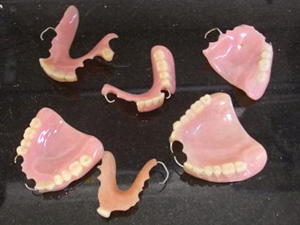
Restorative Dentistry
Most restorative dentistry is directly related to tooth decay caused by bacteria, but trauma or accidents may call for restorative treatment. In many instances, this can be addressed with simple fillings of amalgam or composite. In more severe cases, however, gold or ceramic inlays or onlays may be a preferential treatment. As cavities grow beyond the capacity for these other options to adequately treat, crown and bridge restorations may be necessary.

Root Canal Therapy
Root canals often have an unpleasant notion associated with them due to the fact that when most people need them, they are already hurting. Root canals themselves are not an inherently painful experience, and it is unfortunate that they have acquired that reputation with a portion of the population.
Root canals are done when either decay or trauma to tooth has injured the nerve of the tooth to the point that it can no longer heal itself. In a root canal, this nerve is removed, all infected tooth structure is removed within the space where the nerve was, and then a filling is placed inside of the canal itself to prevent any further infection. After a root canal, a crown is often needed on the tooth where the procedure was performed. Dr. Millsaps will do selective root canals, though a specialist may be required in order to complete more difficult cases.
Tooth Whitening
Tooth whitening may also be referred to as external bleaching of the teeth. This procedure involves fabrication of specialized trays to hold a whitening gel. While there are forms of tooth whitening that can be done in one visit, Dr. Millsaps prefers to use take-home kits as they allow each patient more freedom to decide how white they want their smile. Often times, whitening may be considered prior to placing composite (tooth colored) restorations on front teeth or before crown and bridge work is done.

Veneers
Veneers are affixed to the front of the teeth.
Porcelain veneers are an increasingly common form of aesthetic dentistry today. Their primary purpose is to provide a more aesthetic smile with minimal reduction of tooth structure.
Veneers can correct many aesthetic issues such as discoloration of teeth, discoloration of existing restorations, spacing between teeth ,and some degree of “crooked teeth.” They are, however, not a fix all, and it should be understood that sometimes other procedures such as orthodontic movement may be necessary before veneers should be considered.
